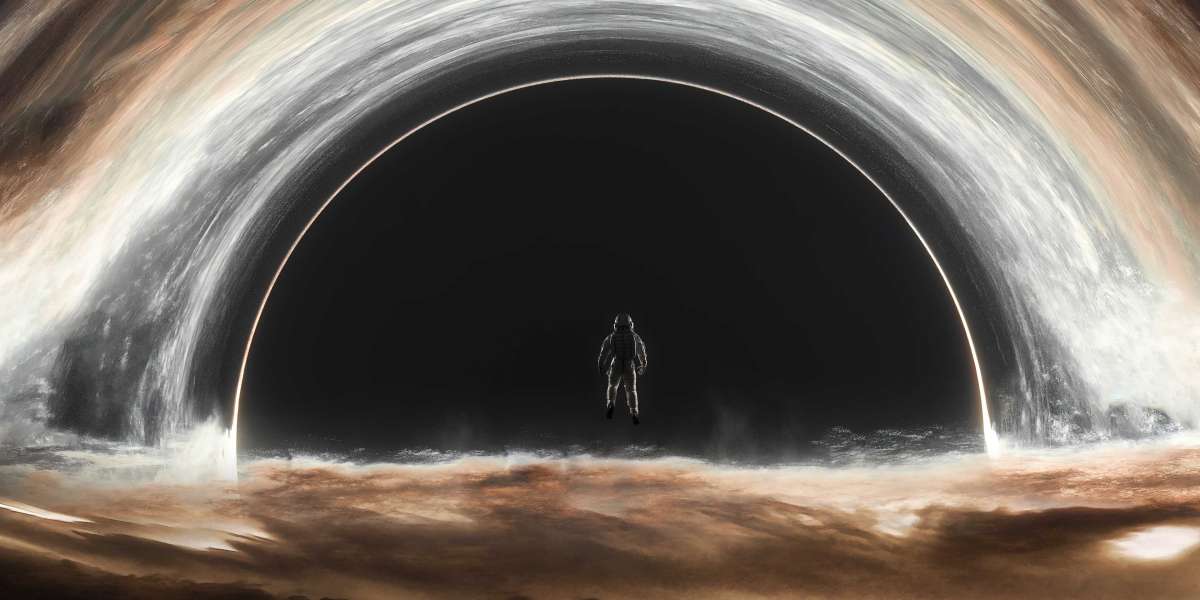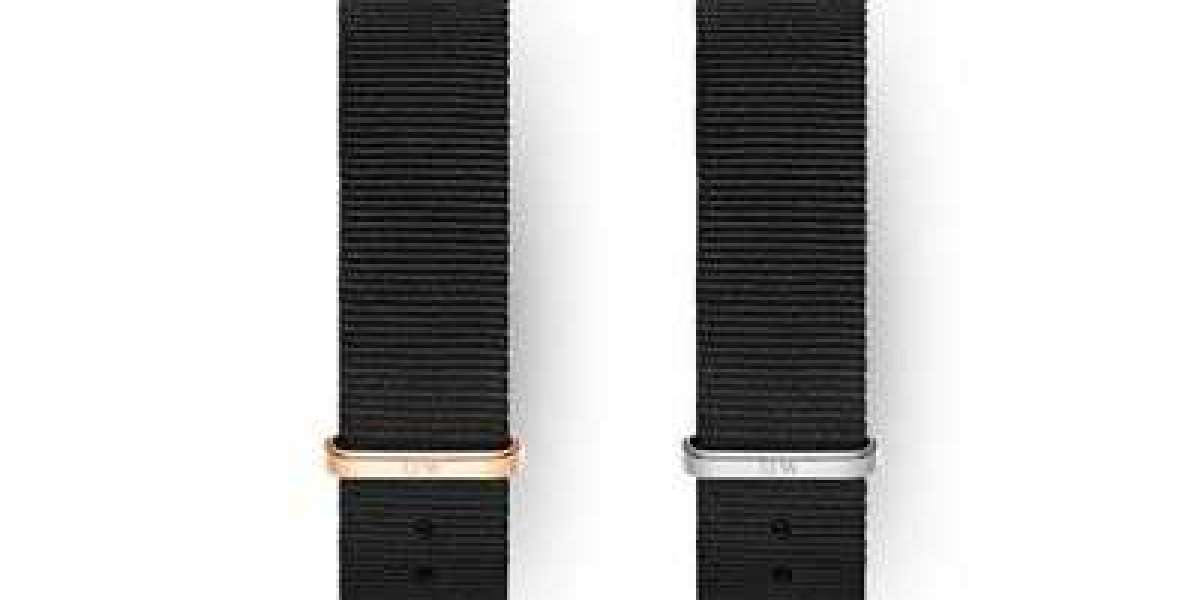In the realm of firefighting, the importance of advanced technology cannot be overstated. One such innovation that has significantly enhanced safety and operational efficiency is the thermal imaging camera. These devices allow firefighters to see through smoke, darkness, and heat, providing critical information that can save lives and property.

Understanding Thermal Imaging Cameras
A thermal imaging camera detects infrared radiation emitted by objects, converting it into a visible image. This technology is particularly beneficial in emergency situations where visibility is compromised. But how exactly do these cameras work? They measure temperature differences and create a thermal map, allowing users to identify hotspots and locate individuals trapped in hazardous environments.
Key Benefits of Thermal Imaging Cameras for Firefighters
- Enhanced Visibility: Firefighters can navigate through smoke-filled environments, identifying hazards and victims quickly.
- Improved Safety: By detecting heat sources, firefighters can avoid dangerous situations, reducing the risk of injury.
- Operational Efficiency: These cameras streamline search and rescue operations, allowing for faster response times.
- Training and Simulation: Thermal imaging technology is also used in training scenarios, helping firefighters practice their skills in a controlled environment.
How Thermal Imaging Cameras are Integrated into Firefighter Gear
Modern firefighter gear increasingly incorporates thermal imaging cameras as essential tools. Many fire departments are now equipping their personnel with handheld devices that are lightweight and easy to use. Additionally, some gear includes built-in thermal imaging capabilities, allowing for seamless integration during operations. This evolution raises an important question: how can departments ensure they are utilizing this technology effectively?
Best Practices for Using Thermal Imaging Cameras
- Regular Training: Firefighters should undergo regular training to familiarize themselves with the operation and features of the thermal imaging camera.
- Routine Maintenance: Ensuring that the cameras are well-maintained will guarantee their reliability during emergencies.
- Data Analysis: Post-incident analysis using thermal imaging data can provide insights for future operations and training.
The Future of Thermal Imaging Technology
As technology continues to advance, the capabilities of thermal imaging cameras are expected to improve significantly. Innovations such as augmented reality overlays and enhanced image resolution will further empower firefighters in their critical missions. Moreover, the integration of these cameras with drones and other aerial devices could revolutionize how fire departments respond to large-scale incidents.
In conclusion, the thermal imaging camera is not just a tool; it is a vital component of modern firefighting gear that enhances safety and operational effectiveness. As we look to the future, embracing these technologies will undoubtedly lead to better outcomes for firefighters and the communities they serve. For more information on improving night hunts with thermal imaging technology, visit .



